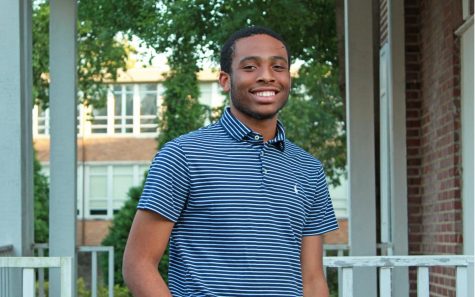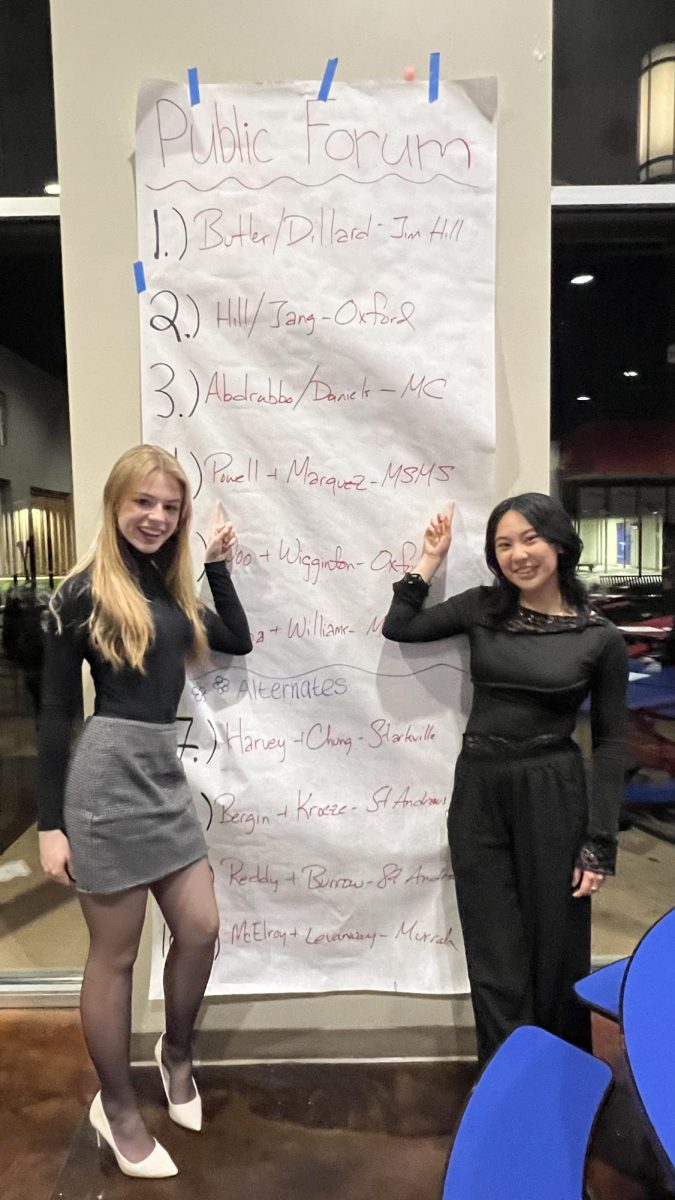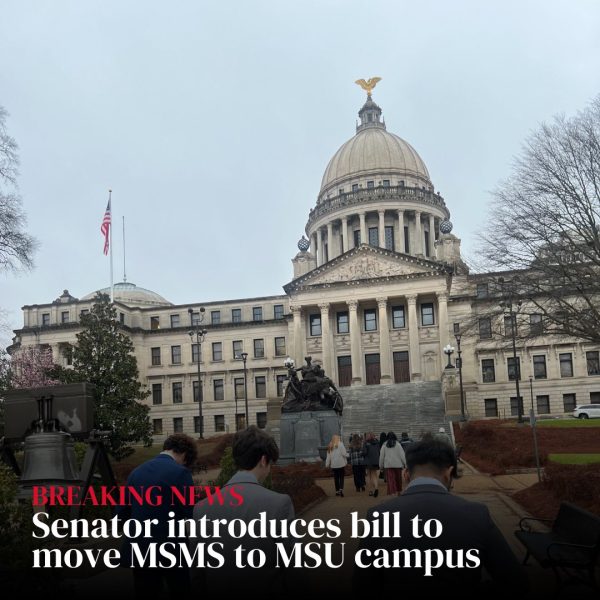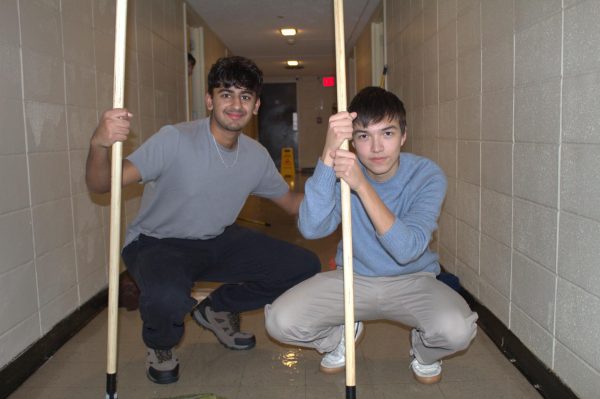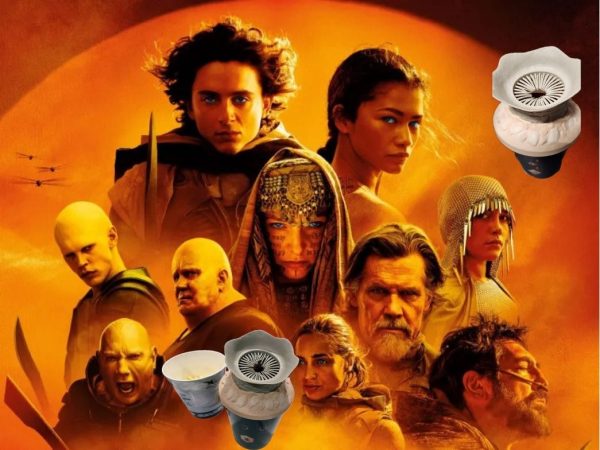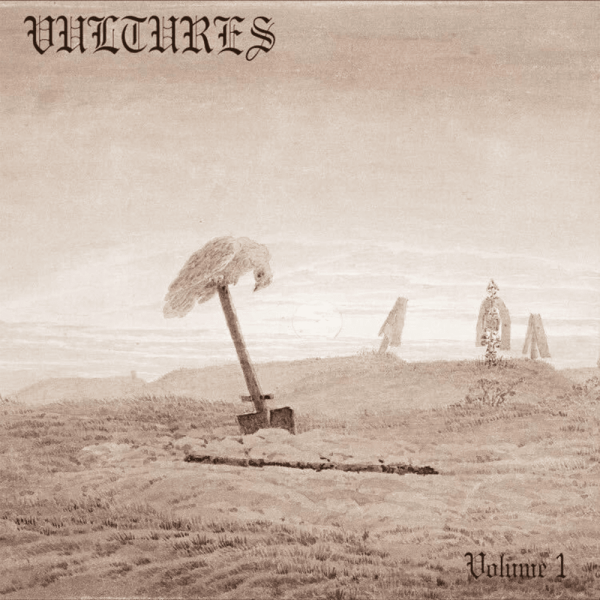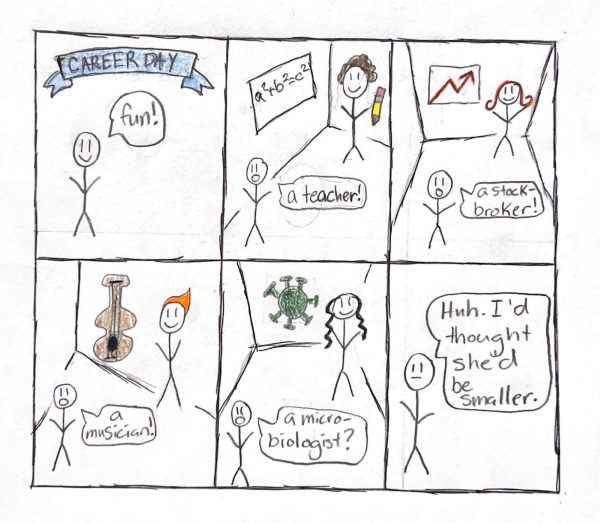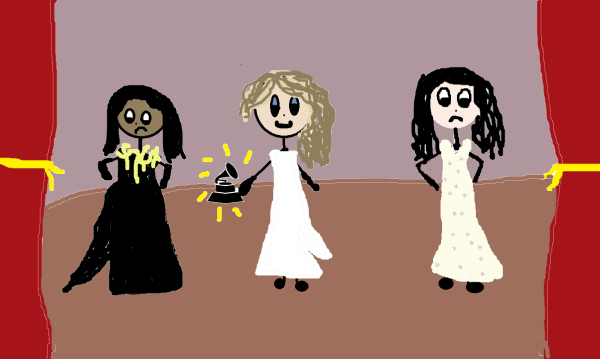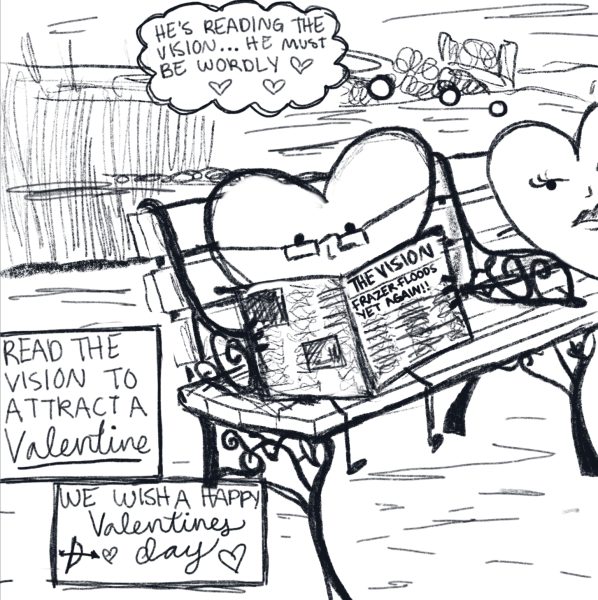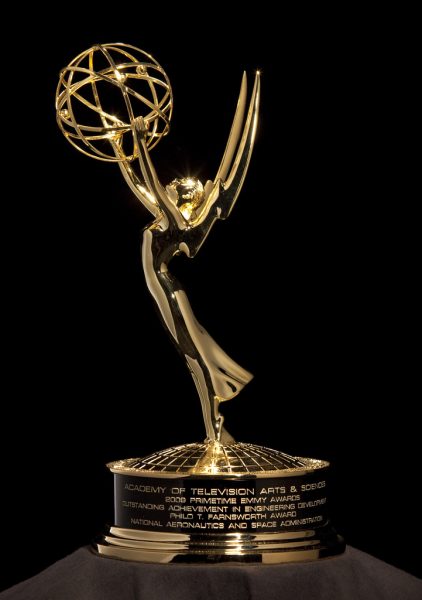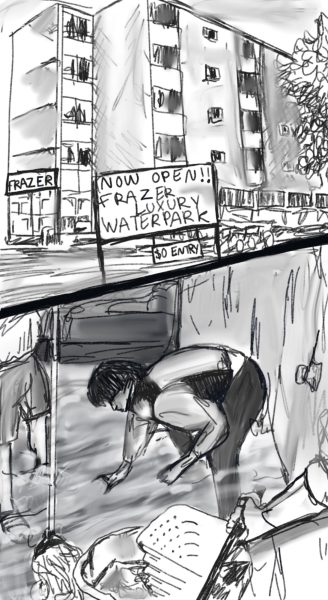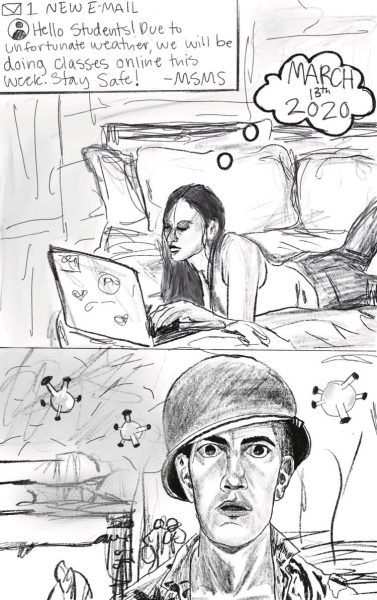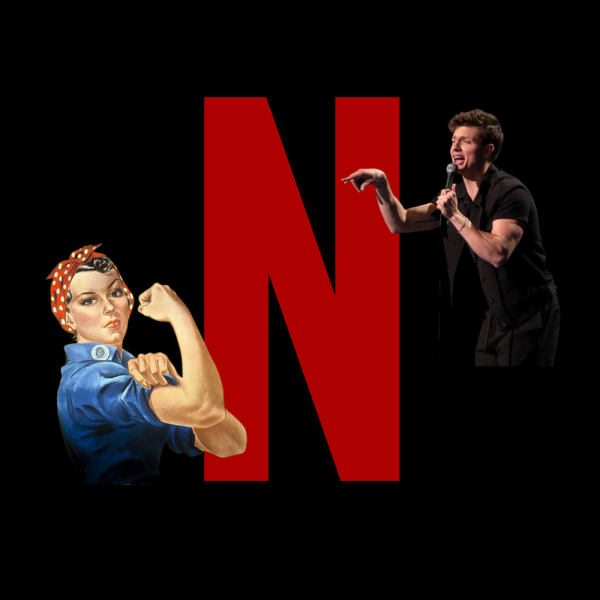Was the ‘Frozen’ sequel ‘the next right thing’?
A journey of self-discovery
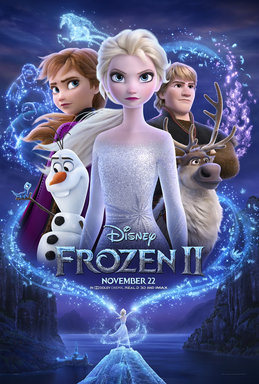
Walt Disney Studios Motion Picture [Fair use]
Will “Frozen 2” take the world by storm like its predecessor?
December 5, 2019
I walked into the screening room– popcorn in one hand and notepad in the other– expecting the sequel to one of the greatest Disney movies of all time to be nothing short of amazing. I was prepared to be mesmerized by beautiful music and a nice simple story… I guess that was my first mistake.
Don’t get me wrong; “Frozen 2” was a wonderful animated film. It just was not the once-in-a-lifetime phenomenon that will take the world by storm like its predecessor because the plot was honestly too complex and underdeveloped for the intended audience.
The movie followed several themes (too many if you ask me): growing up and maturing, moving on to the next chapter, reaching one’s fullest potential, finding oneself, death, growing apart, etc. Everything was pretty much in the same ballpark of family dynamics, but it was far beyond a child’s understanding.
Disney is known for throwing in small themes that are a bit too complex their intended audience. Look at racial issues in “Zootopia” and “The Lion King 2” or socioeconomic inequality in “Lady and the Tramp” and “Aladdin.”
DISCLAIMER: Unless you have seen the movie or are just into spoilers, then I moderately suggest you do not read beyond this point.
Elsa
“Frozen 2” is essentially the story of Elsa. The entire basis of the movie is to discover why Elsa is the way she is (you know… all magical and stuff). She hears a voice that is calling her; this leads her onto a journey of self-actualization.
She, of course, was perfectly fine being queen, but there was always something inside her that desired more. Throughout the course of the movie, we see that her powers became too “big” for her ordinary duties in Arendelle. She cannot be restricted within the boundaries of mortality and conventionality.
The best way to sum up Elsa’s transformation is through her hair. Her first transition was in “Let It Go” in the first movie, where she released her hair but it was still in one braid– a bit more free yet it remained tied back. She then loosened it into a ponytail when she was about to run across the water to embark on her own journey. Lastly, she let it all down in the best musical number in the movie and the new “Let It Go,” “Show Yourself.”
She further proved to be one of the strongest and most powerful female characters in Disney animations by transitioning from princess to queen to goddess. She was the bridge between the spiritual and physical worlds.
Anna
In both movies, Anna desired a stronger relationship with her sister. In “Frozen,” it showed her journey in developing the relationship, and in this movie, she is trying to keep it alive. This what makes the audience perceive her as a little sister and princess, nothing more. She still maintained that child-like energy.
This does not in any way diminish her character. In fact, her wild imagination makes her stronger and more determined. However, she had not yet proven that she could handle her own.
Then, the movie took kind of a dark yet somewhat realistic turn. When Elsa and Olaf died (don’t worry… they came back to life), she realized that she had to put on her big girl pants and do things on her own. She could not spend too much time mourning because she knew that only she could save everyone at that point.
She then sings a kind of sad, relatable and broadway-esque song: “The Next Right Thing.” Though it not as catchy and linear as most Disney songs, it is my personal favorite number in the movie. The song represents her transition from girl to woman, from princess to queen.
Kristoff
Disney gave Kristoff no responsibility as a character beyond being Anna’s love interest. This was a really interesting take to me because that is traditionally the role of female characters in animated films.
Throughout the movie, Kristoff was earnestly attempting to propose to Anna, but she was kind of distracted with her sister. I actually like the fact that Disney chose to keep the focus on Anna’s desire to maintain that connection with her sister rather than centralizing her entire character on the love story between her and Kristoff.
The movie didn’t even end in an extravagant wedding. This goes to show that Anna was the true hero in the movie, and they avoided diminishing her character by not letting a man “save the day.”
Olaf
Amidst all of the overly dramatic plots, Olaf brought about a ray of sunshine and comedic relief. In the last movie, he was obsessed with the idea of summer, even though he is snowman. In “Frozen 2,” he focuses on the idea of growing up. Per usual, he was completely oblivious to what was going on around him.
The themes portrayed through Olaf were somewhat linear with the themes portrayed through Anna. While he questioned the conflict surrounding him (saying that he will understand when he’s older), Anna allowed the conflict to build her maturity.
***
Overall ,”Frozen 2″ was a beautifully animated movie and possibly the best Disney film of the year. However, it did not leave me with the same effect as its predecessor.
As I exited the popcorn covered screening room, I thought back to my wonderful childhood memories of watching Disney movies with plots that were easy for my eight year-old brain to follow. I understand making plots more advanced for more diverse audiences, but at what point is it too much?

